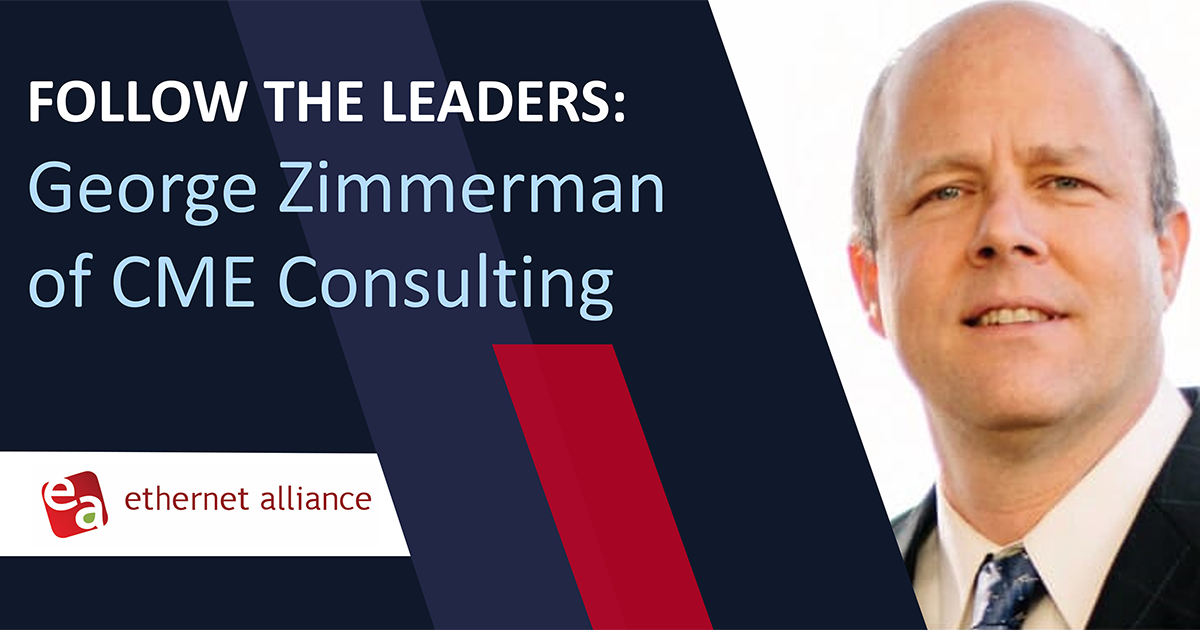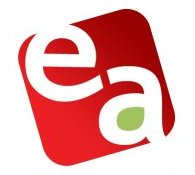TEF Q&A – Paul Nikolich, Chair IEEE 802; Chief Strategy Officer, YAS Broadband Ventures
What most interests you about this Technology Exploration Forum?
TEF 2012 will provide the Ethernet industry ecosystem, and standards development organizations, with end-user input on their evolving requirements for Ethernet in their particular applications. I’d like to hear whether the end-user community feels like the vendors are supplying solutions to the particular problems they are experiencing and examine how standards activity can help facilitate solutions for them.
Does IEEE 802 actively obtain end-user requirements and engage end users in its process?
One of the operating characteristics of 802 is that the standards development process is open to the entire Ethernet eco-system, including end users, system vendors, chip suppliers, and others. Participation by all stakeholders in the 802 process ensures that any given standard we produce will be relevant from an end-user perspective.
By including the traditional Ethernet end users in our activities, as well as telecommunications and Internet service providers, we’re better able to understand the end users’ requirements today, and develop an understanding of how their requirements are likely to develop over time.
What is the roadmap for IEEE 802?
Instead of asking what the roadmap is, a better question is what should the roadmap be? A forum like TEF 2012 provides myself and members of the IEEE 802 community with an opportunity to better determine what the roadmap should look like based on end-user input. However, it should be realized that the development activities for Ethernet are dynamic and adaptive—as needs and drivers change, so do the scope and purpose of projects flowing through 802.
What new opportunities for Ethernet do you see?
In Ethernet’s traditional 802.3 space, the Ethernet Bandwidth Assessment Ad Hoc is assessing the future bandwidth needs of Ethernet. In addition to this, activities are underway to expand the EPON protocol onto existing coaxial distribution networks. This is especially important to cable operators that want to provide Ethernet over coaxial cable rather than pull fiber all the way to the home.
Other opportunities include expanding Ethernet into automotivel applications. The global automotive industry has begun to deploy Ethernet into vehicles. Application examples include vehicle control (brakes, suspension, transmission, ECU, etc.) and infotainment.
Also, consider moving beyond today’s RJ-45 connector common to networking. Smaller Ethernet connections for handheld consumer devices, such as mobile telephones, could open up a new world of applications. Imagine how these worlds could collide. People could connect their mobile phones to their car’s network to gain access to all the automobiles resources, and at the same time be recharging their phone’s battery using Power-over-Ethernet. The car could even become part of someone’s business network, too.
Ethernet may also have great potential for use in industrial applications and the energy industry. These applications will require 802 to work with other organizations to help create complete standards solutions for the issues they face, such as energy efficiency. Ethernet could be part of the ecosystem that provides better overall solutions.
In addition, there are various types of relationships with industry organizations, such as the Ethernet Alliance, WiFi Alliance, and the WiMax Forum. Each of these organizations collect input from their end user communities and may formulate their own technology roadmaps. These viewpoints can have an impact on industry consensus of what specific markets need from IEEE 802. That in turn spawns our interest in specific areas, some of which become projects – 60 Ghz, TV White Space, Smart Grid, and IMT-Advanced, for example.
What role does 802.3 play in end-to-end networked applications?
There are certain verticals, such as those we just discussed, that have particular end-to-end requirements from which Ethernet requirements can be derived. We need to work with those verticals and the groups that develop the end-to-end specifications in order to better understand how they apply in each market.
Their number one question is going to be, “Is there an organization that has identified network requirements for our particular application?” Therefore, we need to identify the groups that are developing those requirements and make sure that the 802 community is aware of them. IEEE 802 is an open group and we welcome and encourage input from everyone who has an interest in finding out more about how Ethernet can best serve them.




